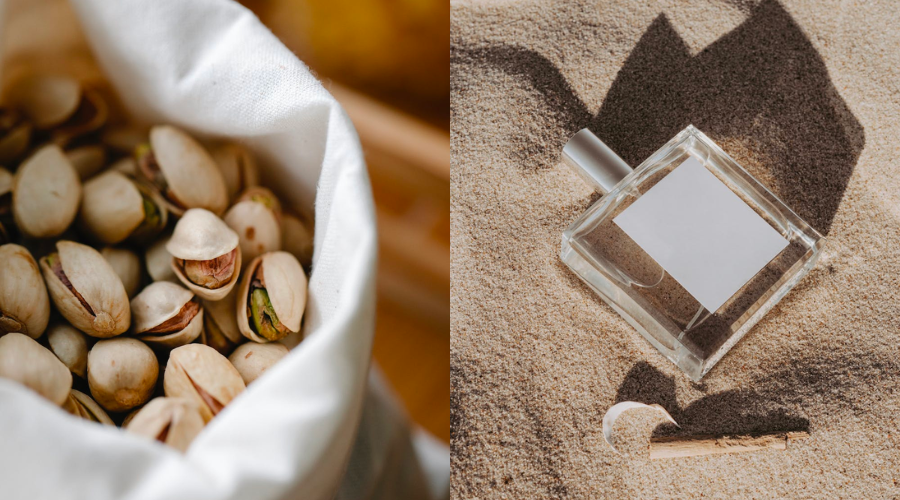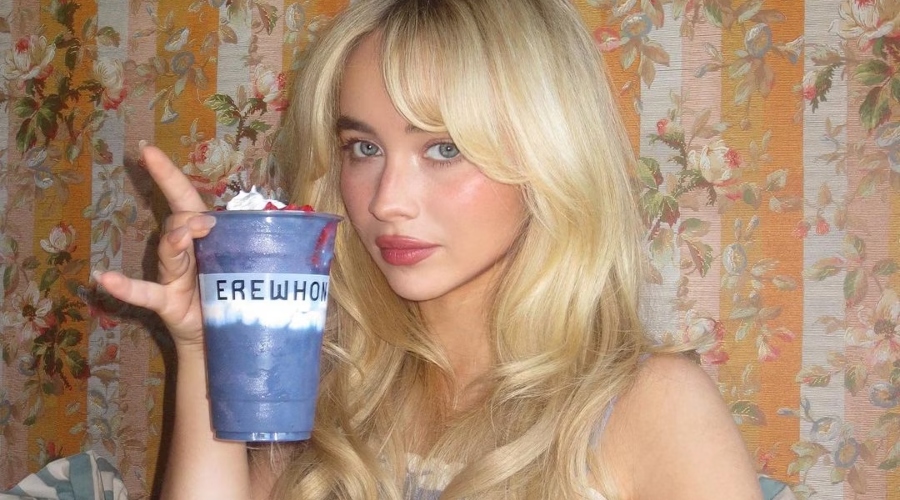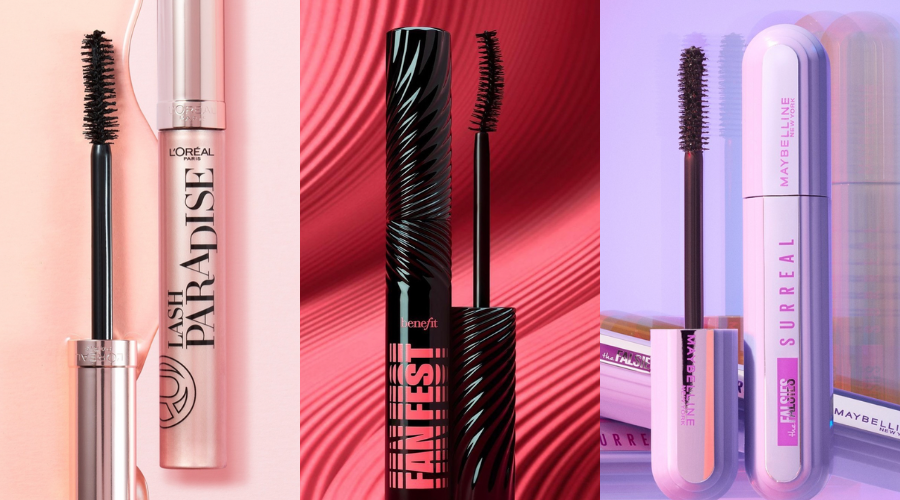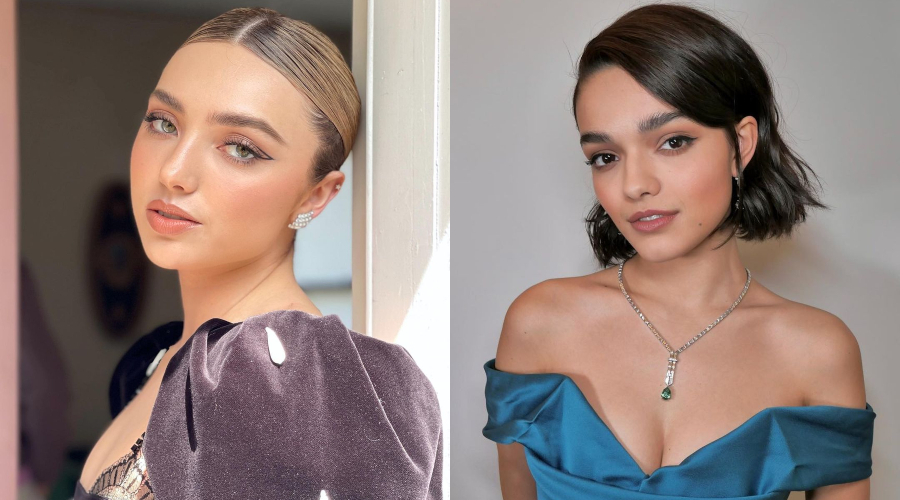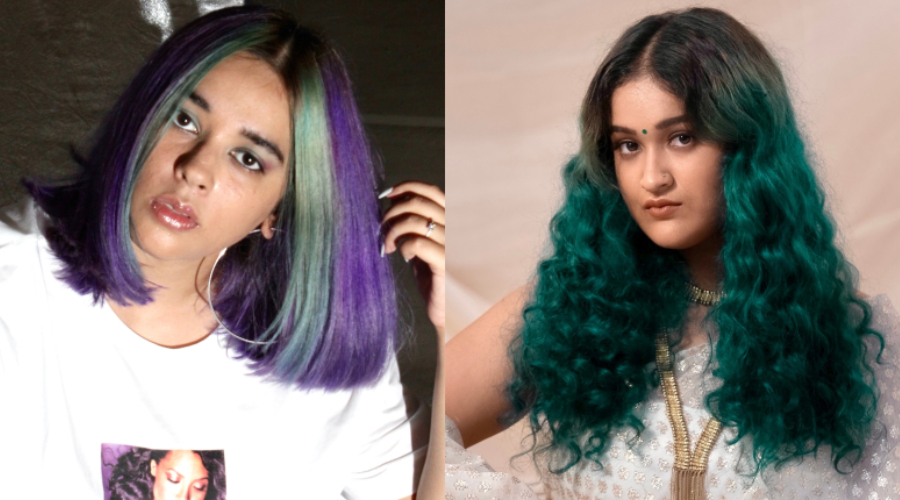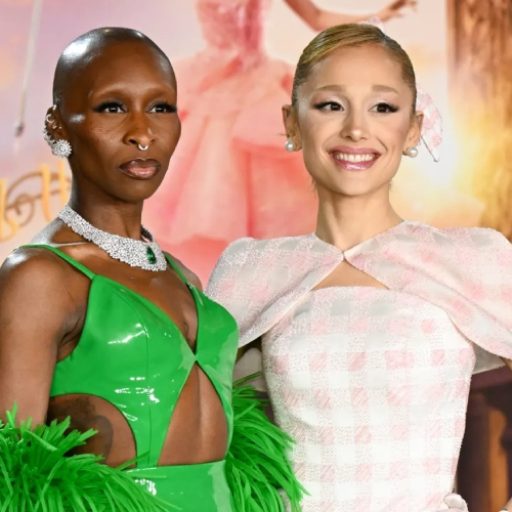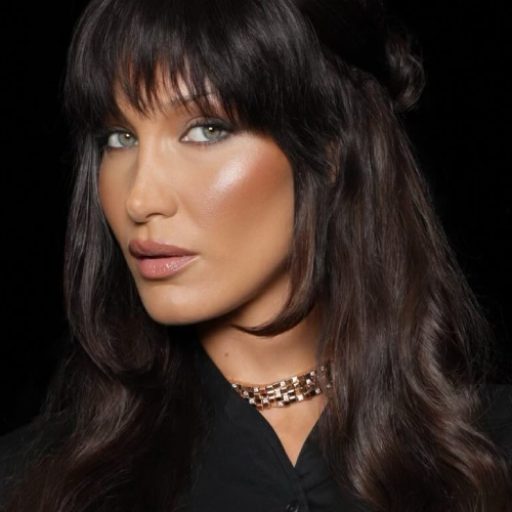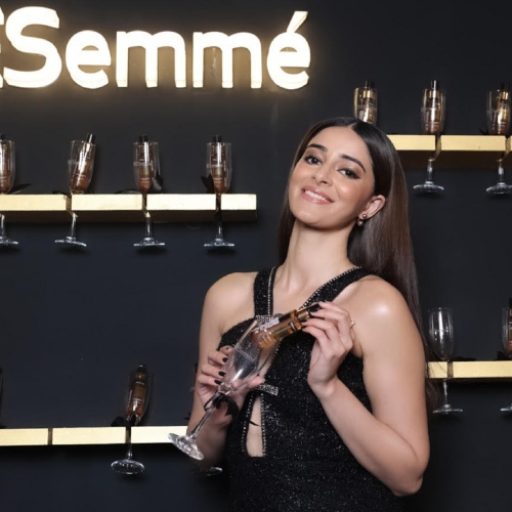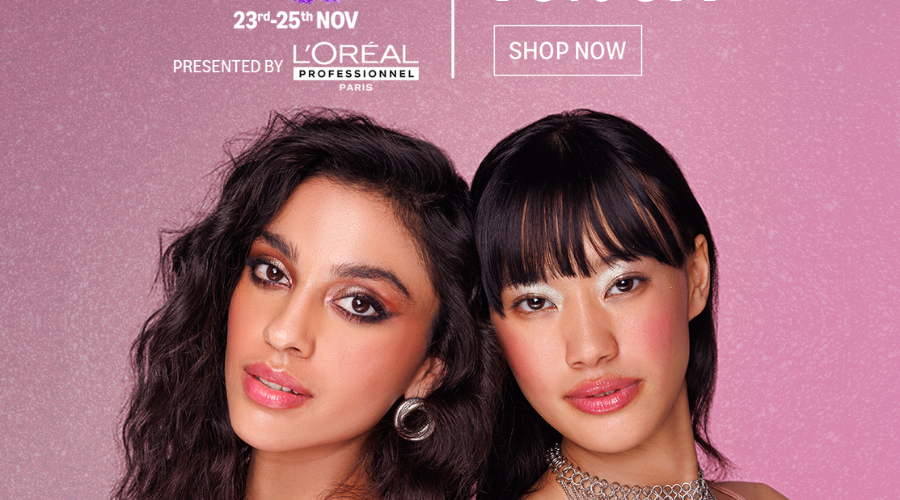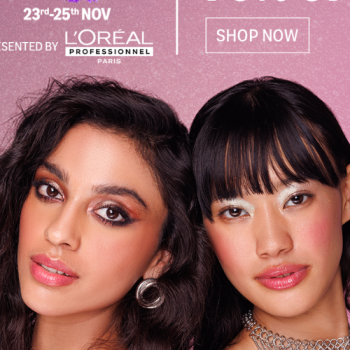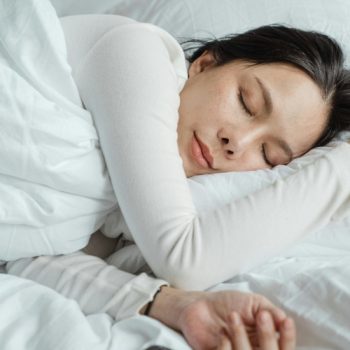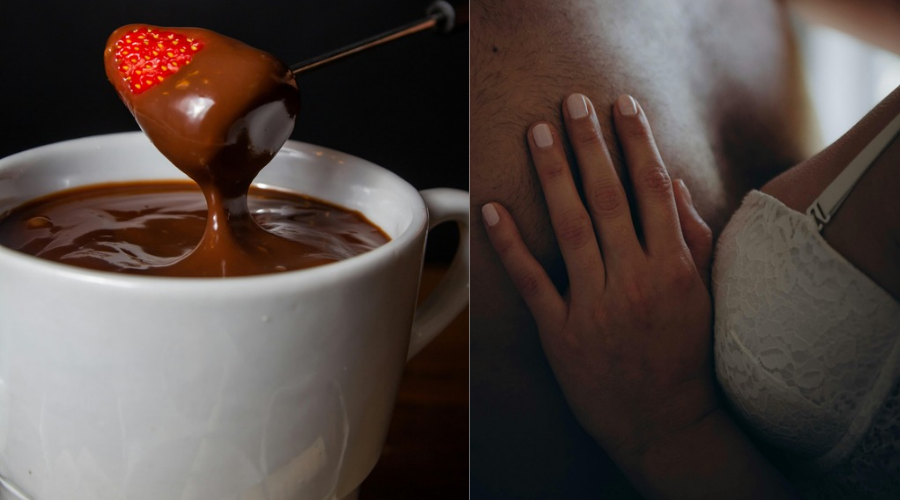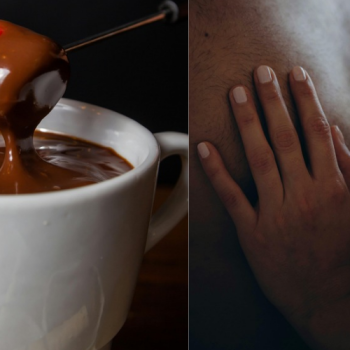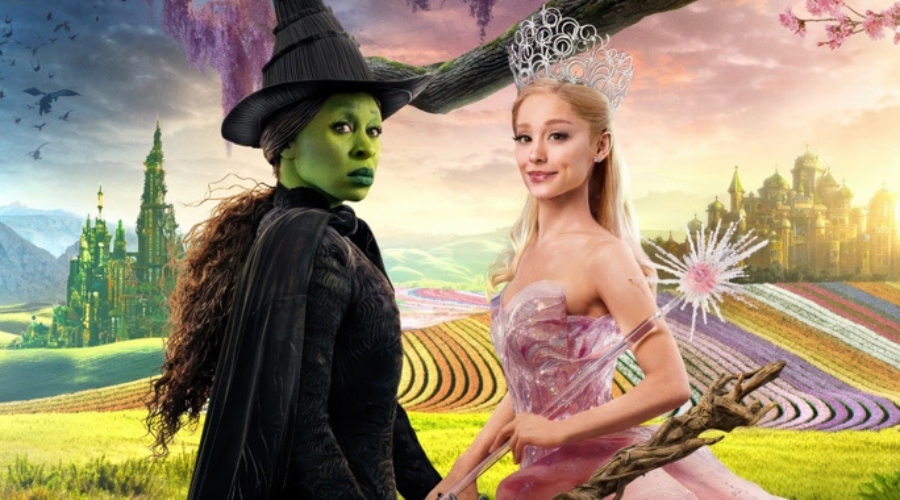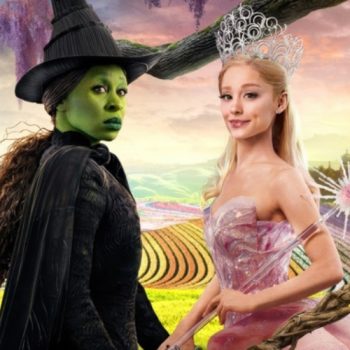The pandemic saw a steep rise in DIY beauty rituals, including colouring your hair at home. But, instead of covering greys or opting for the usual browns, we saw a rise in funky hair colours. Many walked out of quarantine with a cyan blue or sunshine yellow hue in their hair, and there is one brand that is mainly responsible for that. Paradyes, a semi-permanent hair colouring brand that uses herbal ingredients to enrich its dyes. We got in touch with its founder, Yushika Jolly Raghuvanshi to get a scoop on the concept.
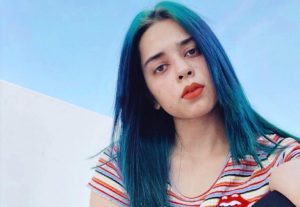
ELLE: Give us a brief insight into your life and love for hair colouring.
I was born in Punjab but brought up in a small industrial town in Gujarat, Ankleshwar. My father had a dye manufacturing business, and I would often knick dye powders from my father’s factory to colour my hair. As a teen, trying new hair colours was pretty much what defined me. People around me used to be excited to see what I would do for my hair. This is why I feel I was born to build a hair colouring range. I have never done any other job in my life; this is what I’ve wanted to do, it is what I am doing, and it will be what I do for the rest of my life!
ELLE: How was Paradyes conceived as an idea?
I have been colouring my hair for the past eight years now. When I went to London for my masters (LCC University of Arts London), I saw that these colours were readily available on the shelves. This is why I decided to start the brand when I got back home, to make these colours accessible to people (and myself). The initial range of colours was conceptualised based on what I wanted them to look like – personal faves! So the vibrant yellows and pastel pinks are very on-brand with my personality.
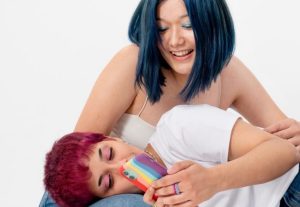
ELLE: How did you conceptualise and execute your first drop of hair colouring products?
I got formulators on board to help create the formula. We used to do it in my father’s lab, and the first batch of colours took 3-4 months to develop. Obviously, a few mistakes were made, and the formulas did not work. But when I was finally happy with the range, I put out a form for consumer trials to see who was interested in trying them out. I got over 100 responses, and most of my friends and family helped test them as well. It was amazing to see people were responding well, and I launched my brand five months later.
ELLE: The brand has seen a mercurial rise in popularity since its launch. What are your views on how you were able to achieve that?
The colours are pretty bold, so I did not expect the brand to get so big early. But when I kept sharing pictures of people who have tried the product on social media, I think it generated a lot of interest in others to try it themselves. Also, we formulate the dyes in a way that it will make the look and feel of bleached hair better. We also sell conditioners separately, making our products always satisfactory for users. Thus, we have seen a spike in our followers.
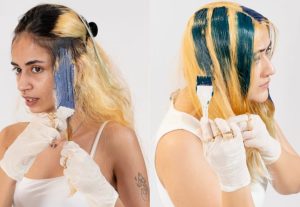
ELLE: How do you ideate new colours to join the range; who is your hair muse?
I am pretty involved with my audience on Instagram – I keep talking to them and study what they are hoping to get from a hair colouring brand. If they want a deeper red, deeper green or navy shade, they will get it. For me, my audience is my muse, and my products are inspired by what they want.
ELLE: As a young person at the helm of an indie-scene homegrown brand, how do you keep a clear head about things?
I’m very self-motivated; Paradyes is a brand that I love so passionately. Nobody is forcing me to work, and monetary gain isn’t a motivator either. I love that people are sharing in my passion now – hair colouring has become one of the favourite activities for people of diverse ages. My audience says it is so relaxing and therapeutic, and that motivates me a lot. I once had a doctor tell me that her patients know her as the ‘pink hair doc’, and this kind of story makes my heart flutter.
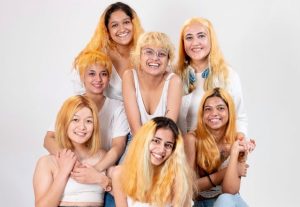
ELLE: Your Insta handle always features unfiltered people in natural settings. Is that equally important to you, in addition to creating quality products?
The brand ethos is based on real people doing what they love and expressing themselves. It didn’t make sense to filter them out and make it unrealistic. I love that people can see these are real people in natural settings with these colours, and they look beautiful. That is what has encouraged other people to adopt these colours as well.
ELLE: Talking about unfiltered settings, the bleached hair is a very distinct image on your handle. How have people reacted to that?
The bleach scare is accurate, and I understand. Bleaching is not the best thing you can do to your hair. I won’t lie and say that bleaching isn’t harmful, because it dries out your hair. But, you’ve got to lose something to gain something. This is why we wanted our hair dyes to help soften bleached hair and make it feel good after application.
I also believe there is a lack of education among people about bleaching hair. Even for shades like light brown, caramel or ashy highlights, your hair will have to be pre-lightened for the dye to show. But they are not nearly as opposed by people as those bleaching and hair colouring for a higher level. I think we need to cut through the misinformation a little bit.
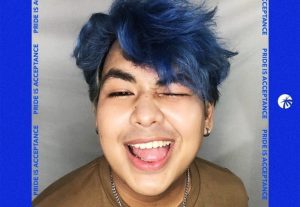
ELLE: Lastly, what is next in store for Paradyes?
Paradyes has great things planned – we’ve launched six new colours under the Jewel Tone Series. They are deeper and richer hues than our previous range. We also have a line of hair care products for colour protection, permanent colours and other forms of temporary dyes in R&D right now.
We do not sell bleach as of now, but we are planning to. In the meanwhile, we always guide our consumers about other brands you can try for bleaching. Thankfully they trust us, and we’ve not let them down. We constantly try to educate our consumers on the bleaching process, the aftercare, and how to do it safely.
We have great things planned for Paradyes. We want to set a new bar for hair colouring in the country. We wish to keep the buzz of DIY hair colouring alive and continue to create fabulous hues for anybody willing to experiment with hair dyes.
Photos – Tushar Rajan Sharma, Rishi Porwal, Sindhu Tomar

